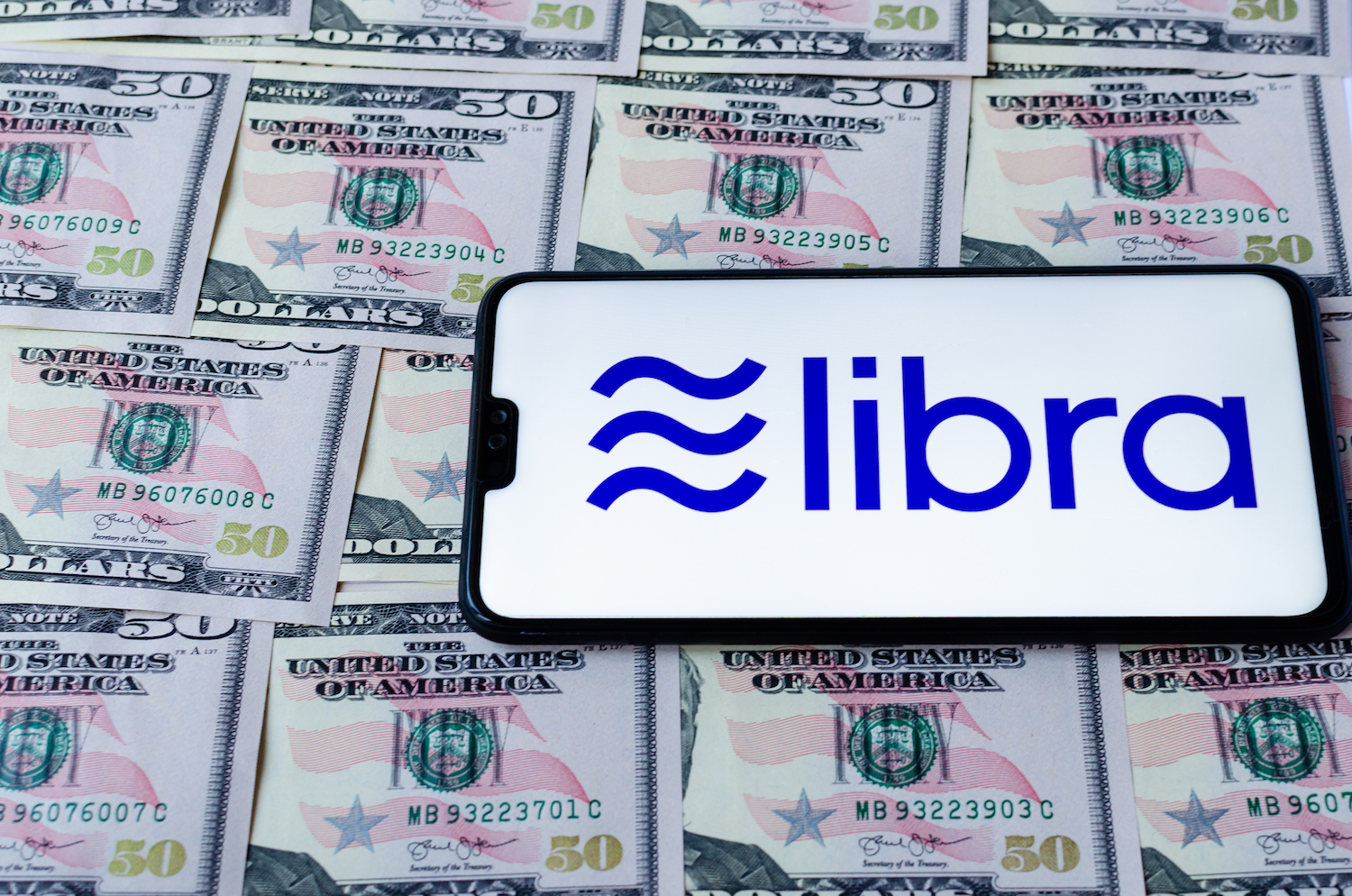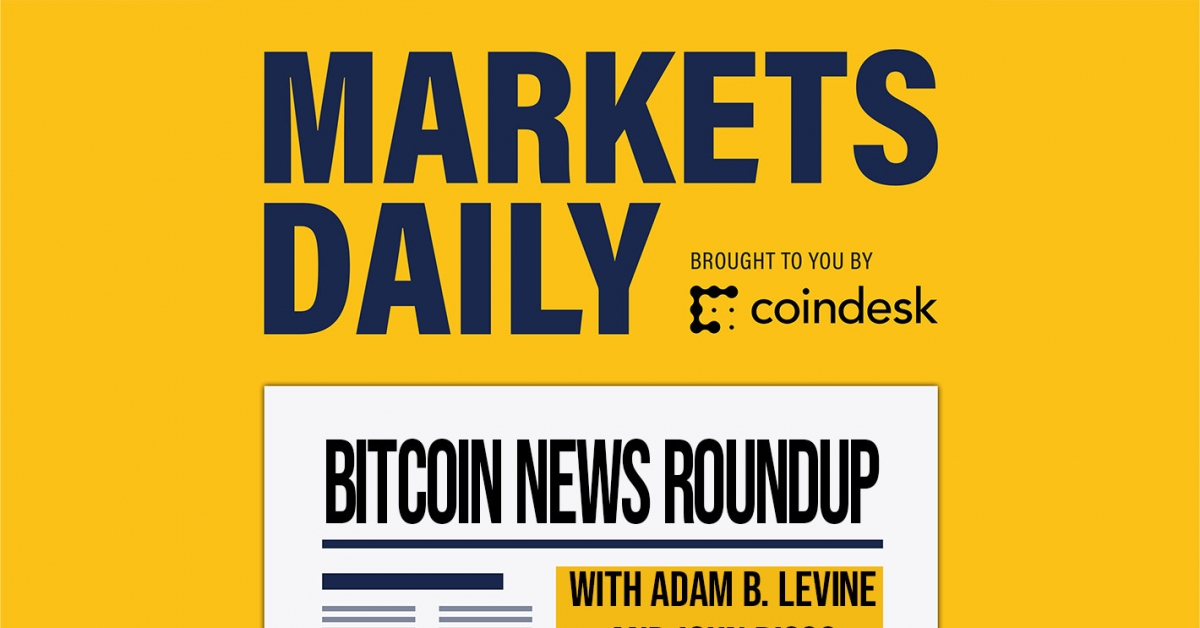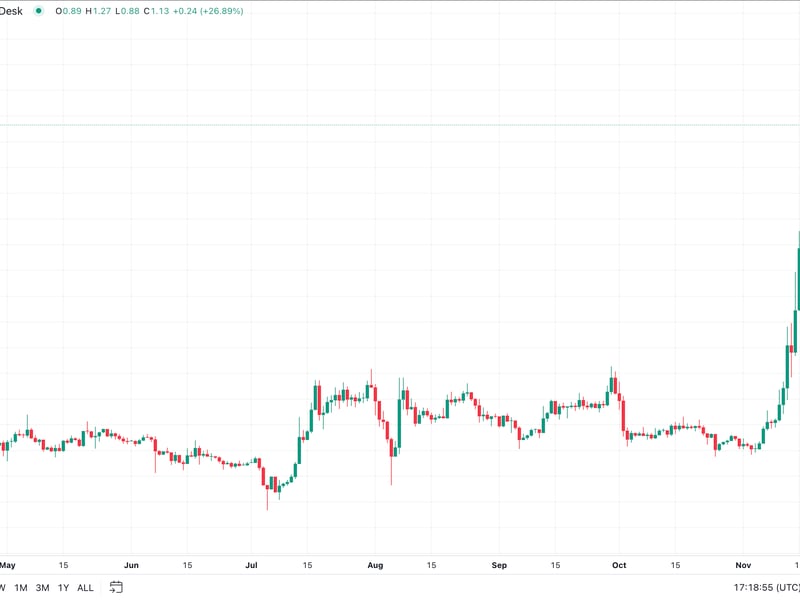Is Europe’s MiCA a Template for Global Crypto Regulation?
Today, the European Parliament approved the European Union’s crypto-assets framework, the Markets in Crypto-Assets Regulation (MiCA).
It was a nonevent, in that the outcome of the vote was expected. Yet, it is momentous because it gets the EU’s 27 members closer to being the first in the world to having a comprehensive crypto law. With just a couple of final administrative steps outstanding, the enforcement clock will start ticking in June this year, giving 12 to 18 months for the rules to kick in.
Dea Markova is a managing director and head of digital assets at Forefront Advisers.
For the avoidance of doubt, the rules were agreed upon last summer. It took this long to clear the 571-page law through the EU’s legal and translation services. That’s all there was to the delay, despite conspiracy theories and rumours that something darker was afoot.
Legal and compliance teams should study the final text to make sure the details they captured last year when the text was agreed upon politically didn’t change under the scrutiny of the legal services – but changes will be marginal.
Is MiCA the best that the regulatory world has to offer?
The market is as positive as a market can be about regulation. Through booms and busts, U.S. enforcement frenzies, and layoffs, the centralized crypto market has fallen in love with MiCA. It offers a licence tailored to crypto-asset services and stablecoin issuers that is passport-able across 27 EU member states and 450 million people.
It deliberately refrains from regulating decentralized finance (DeFi) or non-fungible token (NFT) activities. It borrows from capital markets regulation – the 2014 Markets in Financial Instruments Directive (MiFID) – but it does not copy it. For example, there are no suitability tests to divide between knowledgeable and nonknowledgeable crypto investors. Rules on stablecoins issuers will give consumers confidence that their tokens are properly reserved and always redeemable.
While banks, custodians and asset managers are currently weary of the reputational risk of dealing with crypto, MiCA stands to build institutional comfort with crypto as an asset-class.
MiCA is legislation written by competent technocrats who serendipitously timed the negotiations with the bull market and thus captured political interest and optimism that has since vanished in the EU.
In my opinion, MiCA is a politically acceptable and workable compromise, building on existing rules frameworks. It was important to get it done now that the market is mature enough and profitability pressures are testing governance and risk management. It gives entrepreneurs certainty and it stops policymakers from a knee-jerk reaction to an industry issue.
By choosing to rely on available regulatory frameworks, the Commission set MiCA to regulate token issuers as entities, not token exchanges as activities. That is, the requirements are on the issuer, regardless of how its token is used. This, I believe, limits how future-proof MiCA is.
Regulatory professionals will recognize these terms; they have a history. Over the past decade, the mantra for authorities from Europe to Asia has been to adapt to the unbundling of financial services by creating activity-based, not entity-based, regulation. For example, we now focus on the activity of buy-now-pay-later specifically, rather than just on banks as a type of entity.
Issuing tokens as bearer instruments makes this impossible – the issuer is not in charge, or not thus far in charge, of determining whether their token is used to pay or to invest.
The EU squared this circle by focusing on probabilities. It said that a token pegged to a currency is more likely to be used for payments than anything else, so it should follow that regulatory framework. In EU language, this is an e-money token (EMT), a token that fluctuates freely is more like an investment, and is regulated as such.
A lot of political energy was spent on tokens pegged to a basket of currencies, commodities or other assets. This was Europe chasing the ghost of Facebook’s libra stablecoin experiment, while the market was busy moving on. The rules on these assets are complicated and opaque in their attempt to address both the payments and the investment use case.
This points to how crypto complicates the normal payment versus investment distinction. MiCA Level 2 technical rules will seek to draw a clearer line, but it will be difficult. There are 20 technical standards to be written for MiCA, and this may be one of the more complex ones.
Perhaps by setting its legal framework the EU can create the market behaviors anticipated in the legislation – i.e., what token is to be used for payments, and what is for investment.
Finally, while the market function of EMTs can be comparable to that of e-money, their technology is like other tokens. So far, the EU has been flip-flopping on technology neutrality. For anti-money laundering purposes, because of their underlying technology, EMTs are treated differently from e-money. But in June the Commission will suggest that EMTs should offer the same consumer protections as e-money, including reversible payments, despite their underlying technology.
Will MiCA become a global template?
For international companies, the key question is when and how the global crypto order will be established.
Regulators are asking themselves the same. For a market as digitally accessible as crypto, there are very few rules in Europe that can protect EU citizens from subpar services offered from abroad. This would be particularly true if a non-European exchange chooses to offer a hyped-up token (e.g., Terra’s luna, which collapsed spectacularly last summer) and Europeans flock to it without solicitation.
The international framework is being established by the Financial Stability Board, and will have to be rolled out by the G-20 members. Because MiCA came first, the EU is very keen that the FSB aligns. Learning a lesson from the FTX scandal, the FSB might take a tougher stance on the commingling of activities and funds. In parallel, the U.K., now outside the EU, is setting its own stablecoin and crypto-asset services rules, similar to MiCA.
In short, Europe has a good chance to export MiCA, albeit with a time lag. But the combination of this time lag and the bear market may in the meantime expose companies to erratic regulators, and consumers to unstable businesses.
Edited by Ben Schiller.








